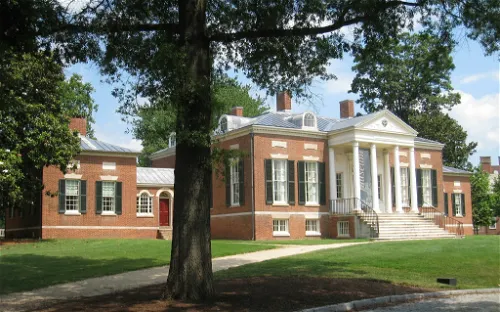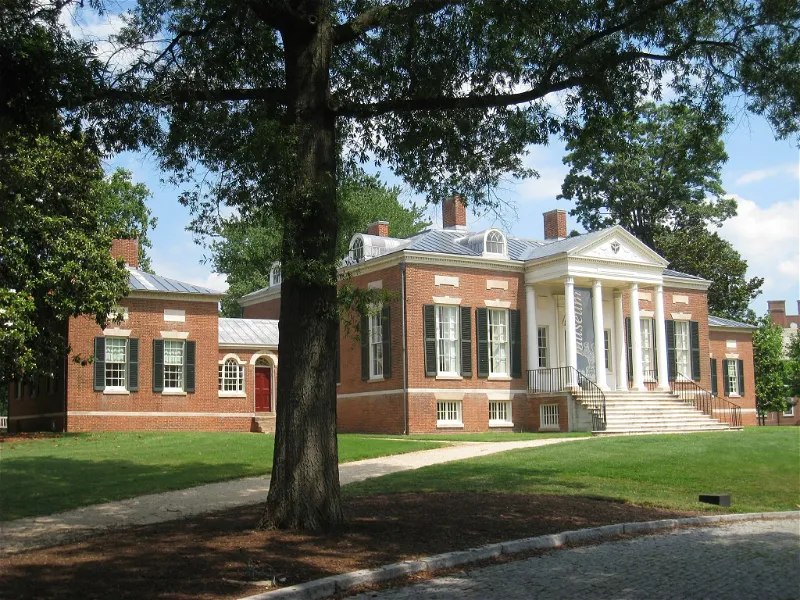Homewood Museum and its collection
The Homewood Museum, a historical museum, is situated on the campus of Johns Hopkins University in Baltimore, Maryland. This museum was recognized as a National Historic Landmark in 1971, marking it as a significant site in the history of the United States. The museum is part of the Johns Hopkins University Museums, along with the Evergreen Museum & Library.
Historical Significance of Homewood Estate
The Homewood Estate has a rich history dating back to 1800 when it was given as a wedding gift by Charles Carroll of Carrollton to his son Charles Carroll Jr. Charles Carroll of Carrollton is known for being the longest surviving signer of the Declaration of Independence, adding a layer of historical significance to the estate.
Architecture and Design of Homewood Museum
The Homewood Museum, which is currently operated by Johns Hopkins University, opened its doors to the public in 1987. The museum's Federal-style architecture, characterized by red brick and white marble, has served as the inspiration for the design of the entire campus. This architectural style is a key feature of the museum, adding to its aesthetic appeal.
History & Anthropology Historic house




